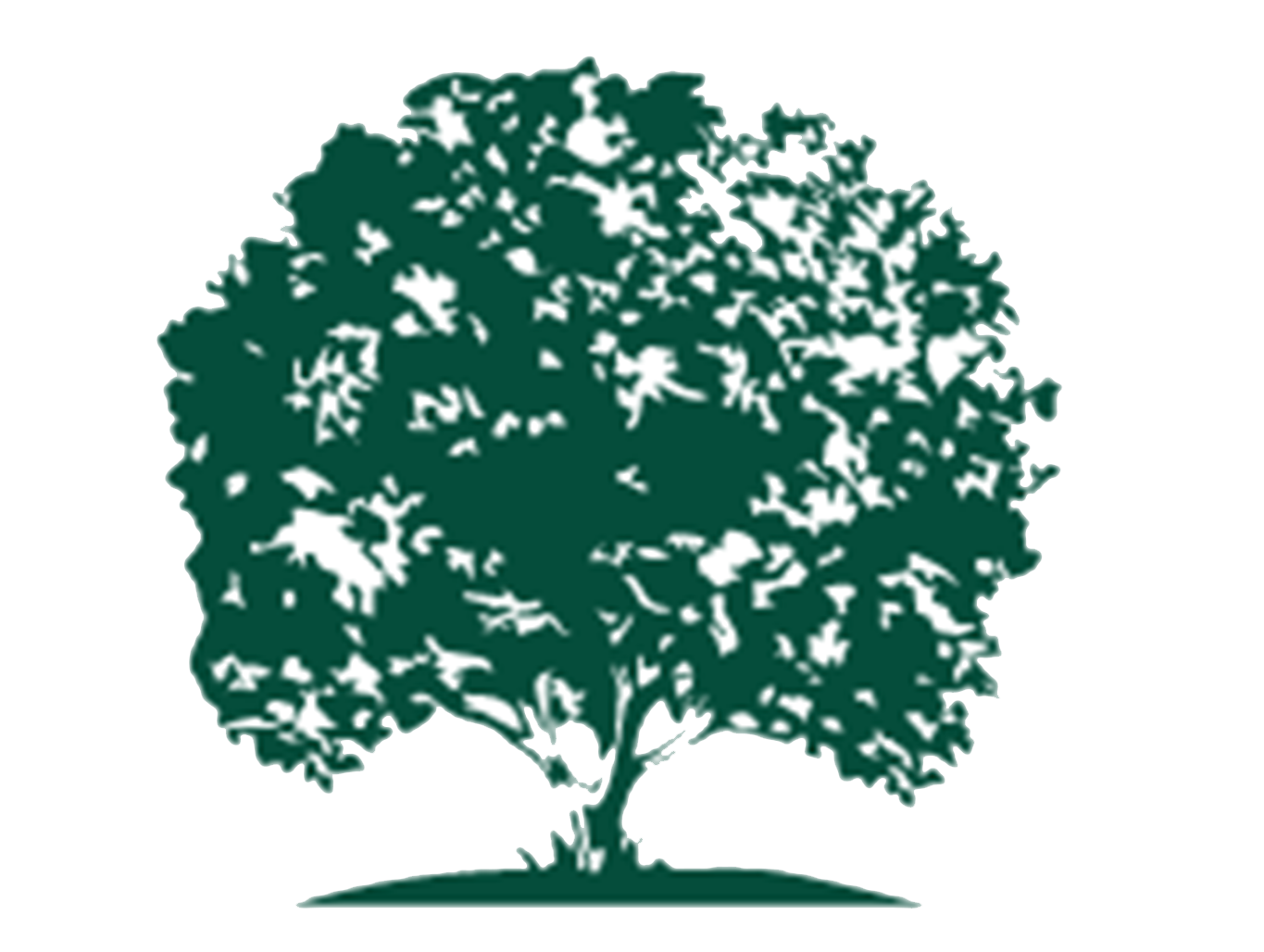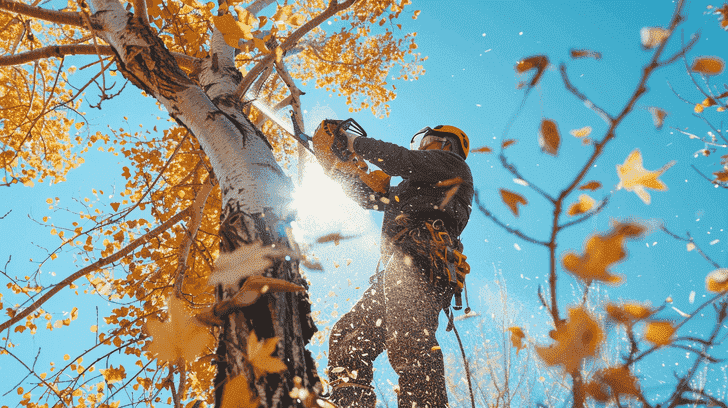Tree Topping: Benefits, Problems, Techniques
You’ve probably driven past a beautifully manicured neighbourhood where tree branches are neatly trimmed, allowing sunlight to filter through and creating a picturesque scene.
However, have you ever wondered what goes into achieving this look? Tree topping, a common practice used to maintain tree size and shape, can be a double-edged sword.
While it offers benefits like improved air circulation and enhanced sunlight penetration, it also comes with potential drawbacks.
As you consider tree topping for your own property, you’re likely to have questions about the best techniques to use and how to avoid common pitfalls – and that’s exactly what we’ll explore next.
What is Tree Topping?
Tree topping is a pruning practice in which the top of a tree is severely cut back, often to reduce its height or to clear obstructed views.
This method involves cutting the main stem or leader of the tree, typically at a 90-degree angle, removing the top section of the tree.
While it may seem like an effective way to manage tree size or improve aesthetics, tree topping is widely discouraged by arborists and tree care professionals due to its detrimental effects on tree health and stability.
Topping can lead to a range of negative consequences, including increased risk of decay, disease, and pest infestations, as well as reduced tree lifespan and increased maintenance needs.
Additionally, topping can cause significant stress to the tree, making it more susceptible to storm damage and potentially hazardous conditions.
Cost of Topping a Tree
Topping a tree can cost anywhere from $100 to $1,000 or more, depending on factors such as the tree’s size, location, and complexity of the job. As you consider tree topping, it’s important to factor in the cost of pruning, which can add to the overall expense.
In your yard, the cost of tree topping will also depend on the tree’s accessibility and the equipment required to complete the job. If you have a small tree in an open area, the cost will be lower compared to a large tree in a confined space.
It’s crucial to get quotes from certified arborists to determine the exact cost of tree topping for your specific situation. By understanding the cost, you can make an informed decision about whether tree topping is right for your yard.
Tree Topping Benefits
Reducing a tree’s size through topping can improve air circulation and sunlight penetration, creating a more welcoming outdoor space for you and your family.
This is particularly beneficial for trees that have grown too large for their surroundings. Topping can also enhance the aesthetic appeal of your yard by maintaining a balanced tree shape.
Here are some key benefits of tree topping:
| Benefit | Description | Advantage |
| Improved Air Circulation | Allows for better airflow around the tree | Reduces disease risk |
| Enhanced Sunlight Penetration | Increases sunlight exposure for surrounding plants | Promotes healthy plant growth |
| Aesthetic Appeal | Maintains a balanced tree shape | Enhances yard appearance |
| Reduced Risk | Prevents branch failure and damage to property | Ensures safety |
| Easier Pruning | Simplifies future pruning and care | Lowers maintenance costs |
Tree Topping Problems
When you severely cut back a tree’s canopy, you risk triggering a series of unintended consequences that can ultimately compromise the tree’s health and stability. Topping, an indiscriminate pruning practice, can lead to a range of problems.
The sudden removal of a significant portion of the tree’s foliage can cause stress, making it vulnerable to disease and pests. Additionally, topping can stimulate vigorous growth, which can lead to weak branch structures, increasing the risk of breakage.
Furthermore, the topped tree may become more prone to decay, as the pruning wounds can provide an entry point for pathogens. It’s essential to recognize that improper pruning, such as topping, can have long-lasting, detrimental effects on the tree’s overall health and structure.
Tree Topping Techniques
Proper pruning techniques, which involve making strategic cuts to specific branches, can help maintain a tree’s structural integrity and promote healthy growth.
When you’re considering tree topping, understanding the correct techniques is crucial to avoid harming the tree.
You’ll want to identify the branches that need to be pruned, taking care not to cut too much of the tree’s canopy.
Prune branches at the branch collar, making a clean cut just outside the raised area where the branch meets the trunk.
Cut outside the branch bark ridge, and don’t leave stubs. Prune only what’s necessary, as over-pruning can stress the tree, leading to disease or pest issues.
Alternatives to Tree Topping
You may explore alternatives to tree topping if you’re looking to achieve a similar goal without causing harm to your tree.
As a responsible tree owner, it’s crucial to explore other options that promote healthy tree management. Here are some alternatives to contemplate:
| Alternative | Description | Benefits |
| Crown Thinning | Selectively removing branches to allow air and light | Reduces wind resistance, promotes healthy growth |
| Crown Raising | Removing lower branches to raise the canopy | Increases clearance, improves aesthetics |
| Pruning | Shaping the tree to maintain size and structure | Enhances tree appearance, promotes healthy growth |
These alternatives to tree topping can help you achieve your gardening goals while maintaining your tree’s health and integrity.
By choosing the right technique, you can make sure your tree continues to thrive for years to come.
Tree Topping vs Crown Reduction
While tree topping and crown reduction are often confused with one another, they differ considerably in their approaches and outcomes.
As you consider these tree maintenance techniques, it’s essential to understand the distinct differences between them.
Tree topping involves cutting off the top of a tree, often leaving it disfigured and vulnerable to disease.
In contrast, crown reduction involves selectively removing branches to reduce the tree’s size while maintaining its natural structure.
This approach preserves the tree’s aesthetic appeal and promotes healthy growth.
When you opt for crown reduction, you’re investing in a more sustainable and tree-friendly solution.
By choosing crown reduction over tree topping, you’ll be treating your trees with care and respect, ensuring they thrive for years to come.
Tree Topping vs Pruning
When deciding on tree maintenance methods, it’s important to distinguish between tree topping and pruning, two techniques that, although often confused, have distinct goals and consequences.
As a homeowner, you may consider hiring garden services to maintain your trees. However, it’s vital to understand the differences between these techniques to make informed decisions.
Pruning involves selectively removing branches to promote healthy growth, maintain shape, and enhance aesthetics. In contrast, tree topping involves cutting the top of the tree, often causing stress and promoting weak growth.
While pruning is a beneficial practice, topping can be detrimental to the tree’s health. By understanding the objectives and outcomes of each technique, you can make sure your trees receive the best care, preserving their beauty and value in your garden.
FAQ
Is topping trees a good idea?
Topping trees can be a tempting solution to reduce a tree’s size or shape, but it’s important to understand the consequences before making a decision.
As you consider tree topping, remember that it’s a drastic measure that can harm your trees.
In horticulture, topping can lead to stress, creating an environment conducive to disease and pests.
It can also disrupt the tree’s natural growth pattern, causing it to become misshapen.
Additionally, topping can reduce a tree’s ability to carry out photosynthesis, ultimately affecting its overall health.
From a conservation perspective, topping can have long-term consequences for the ecosystem.
When should trees be topped?
In rare circumstances, trees may require topping to correct structural defects or address immediate safety concerns.
You may need to top a tree if it’s interfering with utility lines, growing too close to your lawn or house, or has dead or diseased branches.
However, topping should only be done as a last resort.
Here are some scenarios where topping might be necessary:
- The tree is growing into power lines or other utility infrastructure.
- The tree is encroaching on your lawn or garden, causing maintenance issues.
- The tree has significant structural defects, such as cracks or splits, that pose a safety risk.
- The tree is dead, dying, or diseased, and removal isn’t feasible.
- The tree is causing obstruction or hazard issues, such as blocking sunlight or pedestrian paths.
What does it mean to top a tree?
Tree topping involves the severe pruning of a tree’s canopy, typically by cutting it back to a predetermined height or removing select branches, often to mitigate hazards or correct structural defects.
When you top a tree, you’re fundamentally reducing its size to achieve a specific goal. For instance, you might top an oak tree to reduce its height, making it less prone to storm damage or interference with power lines.
From an environmental perspective, topping can be beneficial in urban settings where trees need to coexist with infrastructure. However, it’s important to understand the implications of topping on the tree’s health and longevity.
What is the difference between pruning and topping a tree?
When maintaining a tree’s shape and size, it’s essential you understand the distinction between pruning, a precise and selective process, and topping, a more drastic and often indiscriminate approach.
Pruning involves removing specific branches to maintain a tree’s natural structure and promote healthy growth. Topping, on the other hand, involves cutting the top of the tree, often without regard for its natural shape or growth pattern.
This can lead to a range of problems, including:
- Stress and increased risk of disease or pest infestations
- Unnatural, irregular growth patterns
- Reduced property value, especially in urban areas
- Potential for branch failure and safety hazards
- Loss of the tree’s natural, aesthetic appeal







